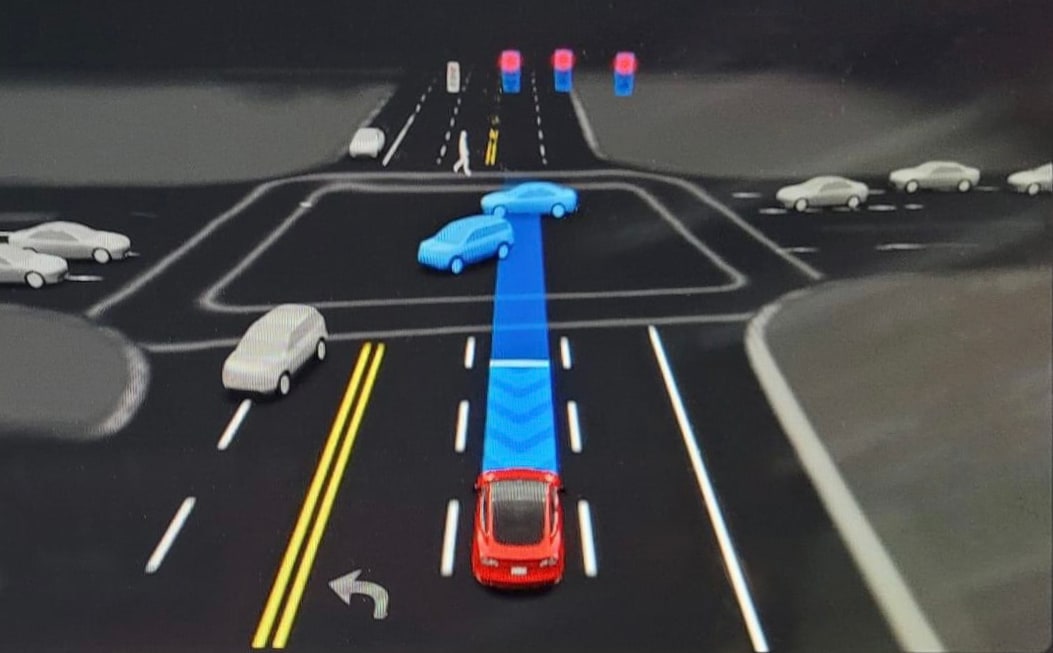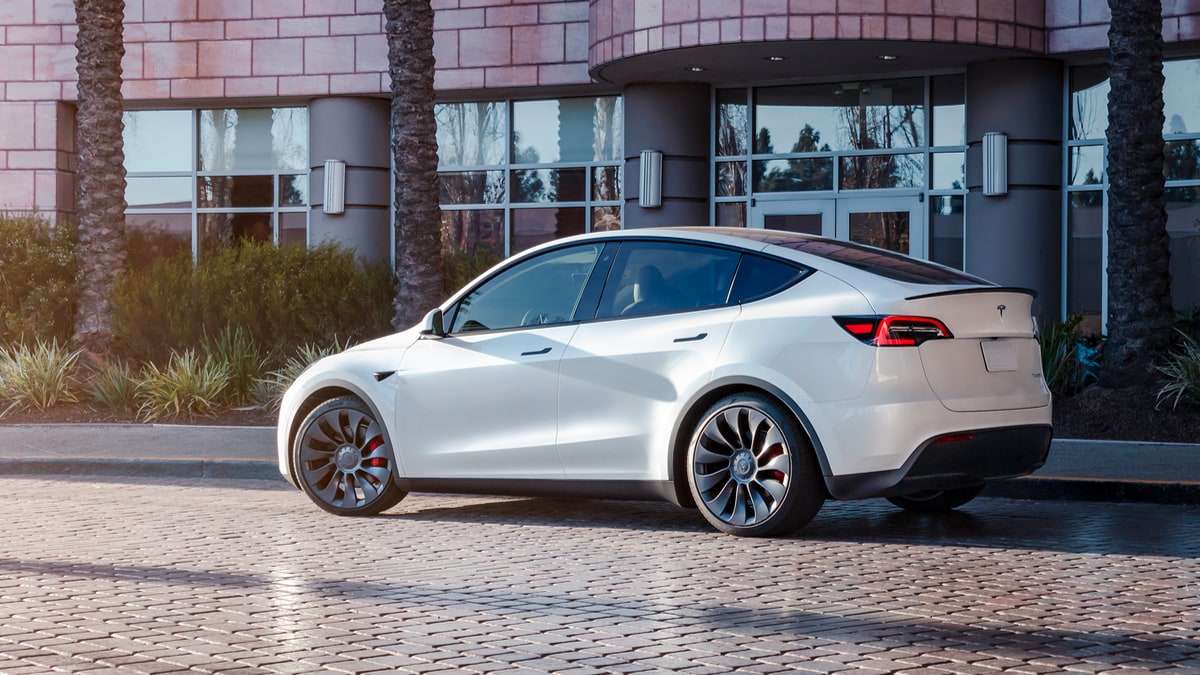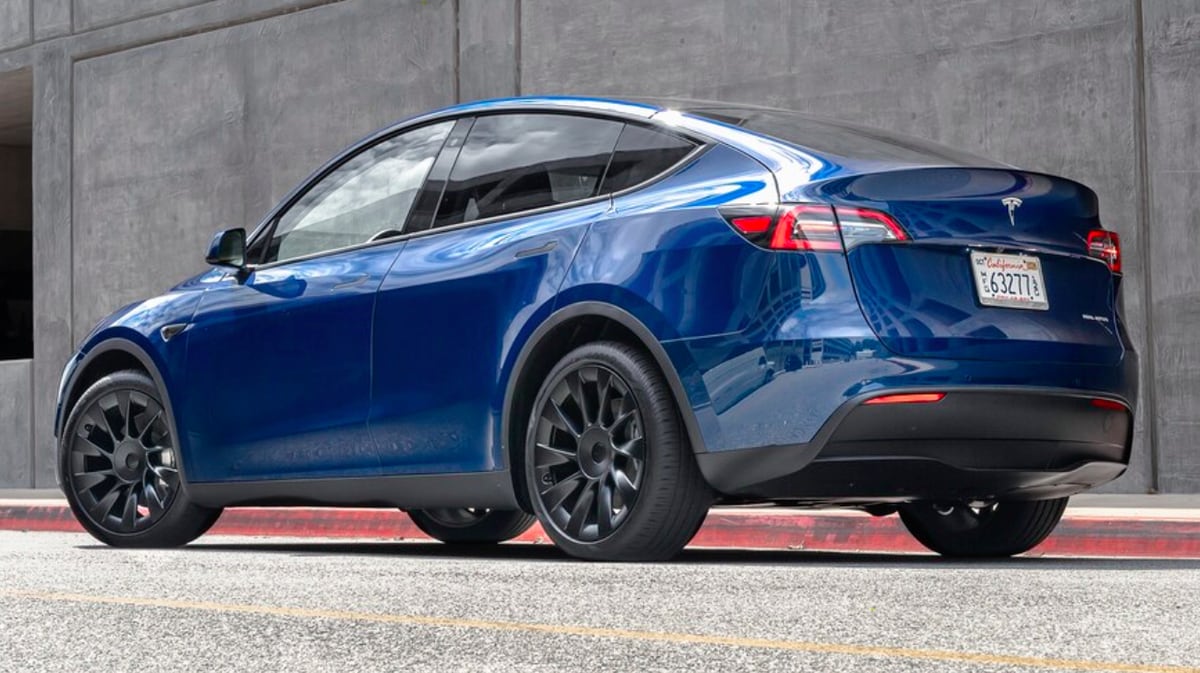By Nuno Cristovao

After many months of waiting, Tesla has finally released its next major update to FSD Beta. Early this morning Tesla released FSD Beta v11.3.1 to some of its customers.
Most of the customers that received this latest beta were part of Tesla's initial 1,000 public beta testers. This means that only a fraction of a percentage of FSD Beta users have access to this latest beta.
According to the NHTSA, Tesla now has over 362,000 owners who have FSD Beta installed on their vehicles.
Per Elon Musk's previous comments on Twitter, Tesla expects to release bug fixes to this beta before releasing this beta out more widely. He expects FSD Beta v11.3.2 to be the one that goes out widely to Tesla's customers.
Changes That Didn't Make the Public Beta
Tesla has been testing FSD Beta v11 and v11.3 with employees for a while now. According to release notes for v11.3 that were leaked, the beta included several exciting features. However, now with the release of v11.3.1, it looks like not all features have made the cut.
Voice Drive-Notes
With this beta Tesla has included 'voice drive-notes.' This appeared to be Tesla's replacement for the snapshot button, although early testers appear to have both, the snapshot button and voice drive-notes. Upon a disengagement, the driver is presented with a chance to provide more detailed feedback on the disengagement through an audio recording.
Ironically, this feature doesn't appear in Tesla's FSD Beta v11.3.1 release notes like it did in v11.3, but according to beta testers the feature is there.
Expanded Automatic Emergency Braking
One of the features we were excited to see mentioned in Tesla's v11.3 release notes were improvements to Tesla's Automatic Emergency Braking (AEB).
Tesla's improvements to AEB went beyond the standard functionality, adding the ability to detect and react to vehicles that cross the car's path or steal the right of way, such as a vehicle that runs a red light or cuts off the Tesla.
According to Tesla, nearly half of the collisions of this nature would be avoided with this newly expanded system. From Tesla's release notes in FSD Beta v11.3, Tesla stated:
Expanded Automatic Emergency Braking (AEB) to handle vehicles that cross ego's path. This includes cases where other vehicles run their red light or turn across ego's path, stealing the right-of-way. Replay of previous collisions of this type suggests that 49% of the events would be mitigated by the new behavior. This improvement is now active in both manual driving and autopilot operation.
This feature is also not mentioned in Tesla's release notes for v11.3.1 so it's unclear where it's just not mentioned like Tesla's voice drive-notes, or if the feature is not included in this update. It's certainly understandable if Tesla needs to test it further, as v11.3 was an internal-only beta and not all features are expected to be in the following public release.
Different Release Notes
There are likely other changes with FSD Beta v11.3.1 when compared to v11.3, as the release notes vary quite drastically. However, it's not clear if there are other big changes or if Tesla simply chose to highlight different features in the public release.
Big Improvements with 'OTA Recall'
Another major change that we're seeing with FSD Beta v11.3.1 is the inclusion of fixes that address the NHTSA's concerns with the beta.
The NHTSA brought up several concerns with Tesla's FSD Beta in mid-February and Tesla paused the release of FSD Beta to new owners until the issues were addressed.
However, Tesla wasted no time addressing these issues by including fixes in FSD Beta 11.3.1 less than a month later.
The fixes address several safety issues, including the vehicle being more cautious when approaching yellow lights. According to the release notes FSD Beta will now take more things into account before going through a yellow light; considering things such as the amount of time needed to stop, time needed to drive through the intersection, the position of the vehicle, and the amount of time before the light turns red.
This is certainly impressive, and while it's essentially what we as humans do when encountering a yellow light, the precision and speed that FSD Beta can likely calculate these values will likely be far better than a human's.
Another large fix addresses how the vehicle sets its speed and handles speed limit signs. Previously the vehicle would determine its speed based on the speed limit and the driver's chosen speed offset. However, the problem was that the vehicle would only adjust its speed once it had passed a new speed limit sign, causing it to be over the speed limit for a certain period.
With this update, FSD Beta will now adjust the vehicle's speed before reaching a detected speed limit sign. The vehicle will also be more assertive in slowing down if the new speed limit sign is much lower than the vehicle's current speed.
Release to All
As with most Tesla updates, expect this update to roll out slowly as Tesla closely monitors it. Depending on issues discovered, Tesla may either expand the update to more owners or choose to address issues before distributing it further.
In the past, it has taken up to a month before the latest FSD Beta is available to all available owners. Before sure to check out the release notes for FSD Beta v11.3.1 to see everything that's included.
By Kevin Armstrong

Tesla is gearing up for a production overhaul of its top-selling Model Y with the code name Project Juniper. It’s a fitting code name because juniper is an evergreen shrub, and according to Merriam-Webster's Dictionary, evergreen is retaining freshness or interest; universally and continually relevant. Reuters reports the update will include changes to the electric vehicle's exterior and interior and is set to begin production in October 2024.
Don't Expect A Complete Refresh
A source has told us not to expect a complete refresh, much like the Model S and Model X went through in 2021, but more of a refinement in various areas. This will not be a major redesign, internally or externally, however, the exterior of the vehicle is expected to have more changes. Much like the Model 3's upcoming changes with Project Highland, the majority of these changes are focused on cost-cutting.
Cost-Cutting
A large portion of the Investor Day presentation focused on cutting costs and finding more efficient processes while using a smaller footprint to do so. Tesla CEO was asked if this process would go into the Model Y. “Retooling a factory means bringing a factory down for an extended period of time, I prefer not to do that, I think. There are variants on how Model Y is produced. We’ve got variance where there is a rear casting, where there is a front and rear casting, and we have the structural battery pack. There are a number of small improvements that occur. For the really big changes those would be future vehicles.”
The Model S and Model X have been refreshed, and the new Model 3, code name Highland, is underway. This is a significant move for Tesla, as the Model Y is its top-selling vehicle and was the top-selling EV in the world last year. As the global leader in EV sales, the Model Y has a target on its back, so it's important to keep it fresh. Project Juniper will deepen Tesla's already massive production cost advantages over the competition and address pressure in markets like China and the United States for a visible reboot of its best-selling vehicles.
It was not immediately clear how sweeping the revamp would be or what specific changes or improvements Tesla was looking to deliver with the new Model Y. However, we expect that the many changes that Tesla is applying to the Model 3 in Project Highland will also carry over to the Model Y. The company has reportedly asked suppliers for quotes for exterior and interior components that will be used in the new version of the Model Y.
By Kevin Armstrong

Tesla has announced a recall for 3,470 Model Y SUVs over concerns that some second-row seatbacks may not be properly fastened, reducing the seatbelt system's performance. However, unlike most Tesla recalls, which can be fixed through over-the-air (OTA) software updates, this issue requires a service visit.
The affected vehicles were manufactured between May 23, 2022, and February 5, 2023. Approximately 4% of them may have one or more bolts securing the second-row seatback frames to the lower seat frame that are not properly torqued to specifications. It's a potential issue because the second-row seat belt system loads go through the lower seat frame, and if the bolts are not tightened correctly, the seat belt system may not work as intended in a collision, increasing the risk of injury.
How to Determine if Your Tesla is Impacted
The NHTSA plans to send letters to affected owners by April 25, with free repairs available at Tesla service centers. However, there is a faster way than waiting for snail mail. The Tesla app notifies owners of outstanding recalls. Tesla owners can check their vehicle's VIN at any time on the website. Remember, the VIN is conveniently found at the bottom of the app home screen. There is also a page on the Tesla website listing recalls. Impacted owners must schedule a Mobile Service visit or visit a service center to have the bolts inspected and re-torqued if necessary.
Tesla first discovered the problem on December 10, 2022, during an inspection at the Fremont factory. The company investigated with its supplier from December 11 to January 27, 2023, to determine the root cause. The reason and affected vehicles were identified by February 17, leading to a recall decision. Additionally, Tesla knows five warranty claims between December 9, 2022, and February 14, 2023, which may be related to this issue.
Proof Different Terminology Needed
Elon Musk has been vocal several times about the term recall. Last Month he tweeted: Definitely. The word “recall” for an over-the-air software update is anachronistic and just flat wrong!
While this shows that Tesla is not immune to traditional recall when vehicles have to go in for service, it also shows the issue with the wording. As more manufacturers catch up to Tesla's technology, over-the-air updates should become far more prevalent, making the word recall even more confusing.
For lack of better words, this recall follows a recent large-scale OTA recall of 362,000 Tesla vehicles regarding Full-Self-Driving Beta software that the NHTSA deemed unsafe for use at specific intersections. While the issue will be resolved through an OTA update, it continues to stir strong opinions from those who disagree with the NHTSA's terminology and those who consider Tesla's FSD software unsafe.
Tesla aims to improve its quality control and production standards, as outlined during its Investor Day event, and reduce the frequency of recalls.
Bagikan Berita Ini
















0 Response to "Tesla Releases Major Update to FSD Beta, v11.3.1 Is Now Available for Some - Not a Tesla App"
Post a Comment